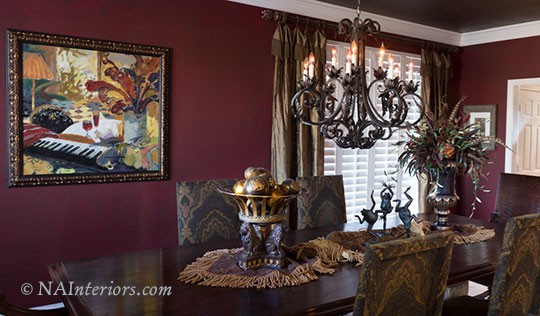
Great interior design ideas are readily available if you know where to look.
Perhaps you want to do something new with your current home but haven’t been able to decide on a direction. Maybe you’re building a new home, but don’t have any clue how to adorn the interior.
Inspiration is the key to design.
Every space revolves around some particular concept or idea. If you don’t have a jumping-off point for a project you’re just stabbing in the dark. You’ll have a difficult time coming up with that room’s design because you haven’t really decided what you’re trying to achieve.
Therefore, the first part of any design process is discovering your inspiration for the space. You have to have a focal point. There must be some center around which the rest of the design revolves. This could be the functionality of the room—the purpose it will serve—or even something as simple as an emotion you want to evoke.
What is inspiration? I like to think of it as an “emotional tug.” If you pay attention to that tug and bring it into the design, there is a much greater chance you’re going to love the outcome. This is how you end up with a space you adore.
So, when your mind is blank and you’ve got “designer’s block,” here are some tips to find inspiration and get your creative juices flowing again:
- Start with the concepts you already have.
When interviewing clients, I find out if they already have any ideas for the space—no matter how vague. Even something as simple as a color can be a good starting point. If a client likes green, I drill down to find out what they like about green and what shade of green they like. By getting at the heart of these concepts you can understand a lot about your objectives and goals for the project. - Look through design publications and websites.
One of the best ways to get inspired is by looking through design websites and publications. Houzz.com, Architectural Digest, Traditional Home, Southern Living and House Beautiful are fantastic for this. You never know what you might find. Perhaps you’ll see something that really jumps out at you. You might fall in love with a pair of vases or a particular tufted sofa. You might really get excited about a grouping of wall art or the color combinations someone used. Any one of these can become sources of inspiration which set off a chain reaction of creativity. - Pay attention to the permanent elements of your space.
We often have to consider permanent elements of a space. For instance, a loft may have exposed ceilings or columns. Maybe there are brick walls or floors that can’t be changed. These permanent elements can influence where you start on a project. Embrace them and look to them for inspiration and appropriate integration. - Consider the history and style of the building.
Your interior can be influenced by the style and time period of the building you’re working with. This is particularly true if it has a unique story or is in a historic district. Consider integrating its past into the present design or utilizing period pieces. This can even apply to something as common as a midcentury office building. Using the building’s style and architecture for subtle inspiration can have a powerful influence on your design. - Incorporate the culture of the building’s purpose and users.
Consider the use of the building when looking for inspiration. This is particularly relevant in commercial settings. For instance, if you’re designing an oil and gas building, you might plan your design around ideas that reflect that industry’s culture. - Look for the jumping-off point.
Every room needs a focal point around which it revolves. This “jumping-off point” serves as a central motif around which the rest of the design can be developed. Often this focal point can be drawn from a particular item that you’ll be using in the space. Artwork, fabric and furniture can all serve as pieces you can use to drive and develop the rest of your design. - Look to what inspires you personally.
Sometimes you’re dealing with a totally blank room and have nowhere to start. In these cases, you can look for what inspires you personally. A photo or painting you love can provide inspiration for a room’s color scheme. A landmark building or an architectural style can inspire the space’s form and structure. Look to what inspires you personally and determine how to incorporate that into the space. - Go antiquing.
For “retro” ideas, go antiquing for the weekend. You simply never know what you might find. A beautiful old chest or interesting sconce can end up inspiring the design of an entire room. Incorporating antiques with modern pieces properly can give a room remarkable interest, not to mention invoke conversations about your unique find. - Get creative.
There are no limits to where you can look for inspiration. Get imaginative. Maybe there’s a novel or story you love—perhaps a movie you’ve always related to. These are all fantastic sources of inspiration. A good designer should even be able to bring something to life that you’ve never seen but only envisioned in your mind. Keep in mind that sometimes the best sources of inspiration are from the things you’d least expect.
Every design tells a story. Find that one concept or idea you want to convey and the rest of it will flow naturally. The key is to keep your eyes open, expose yourself to different experiences and pay attention to your emotions. Inspiration is everywhere if you know where to look.


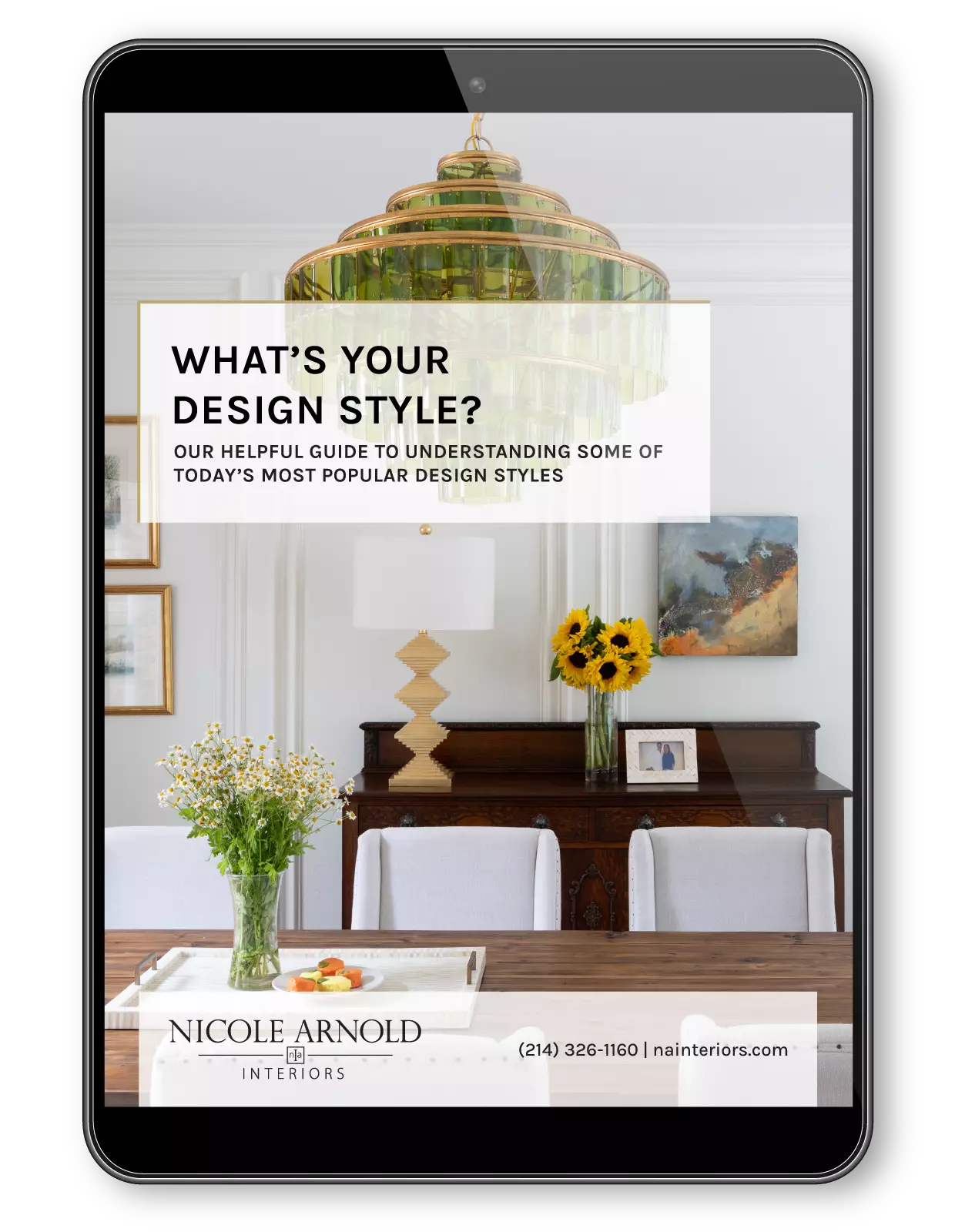
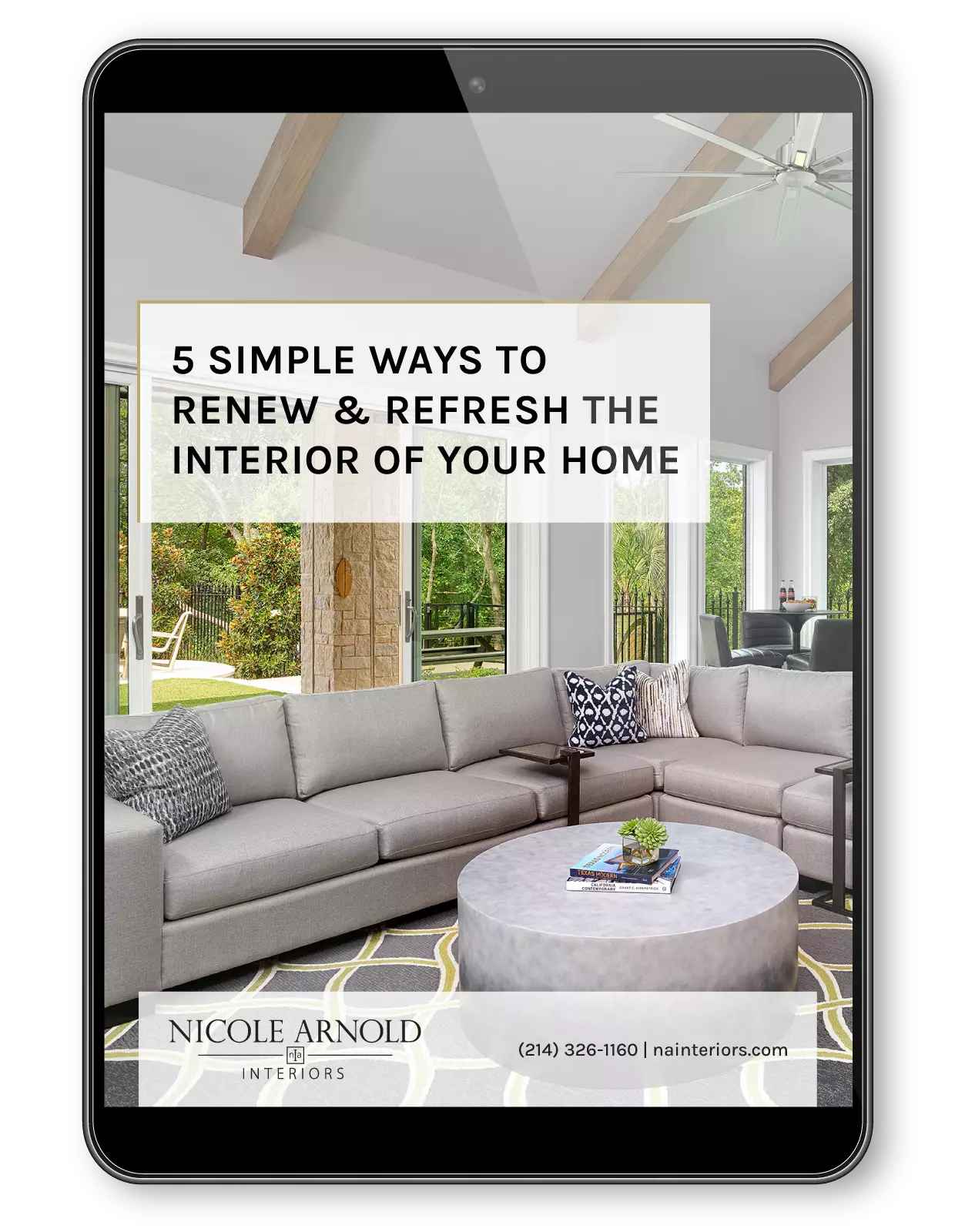
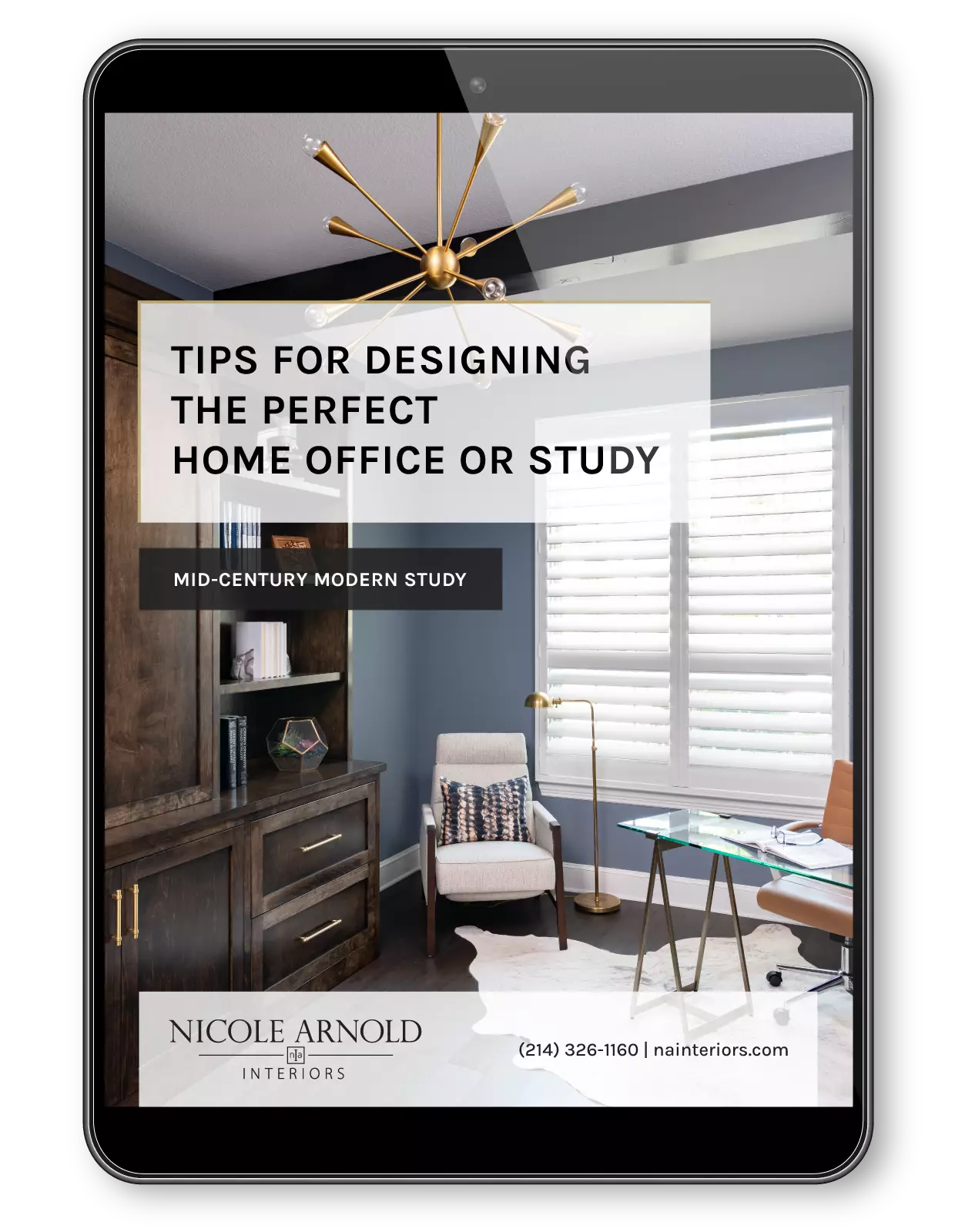

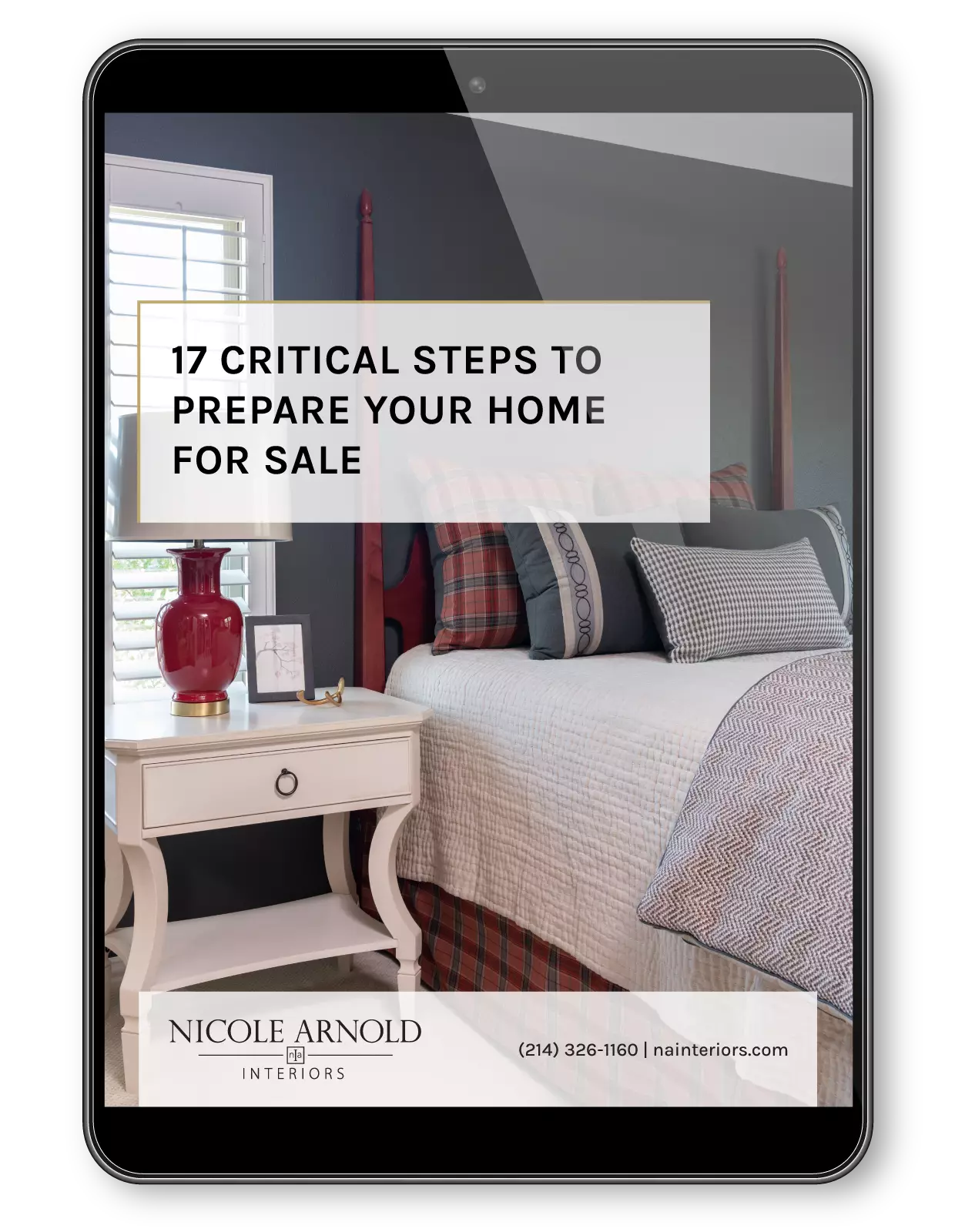
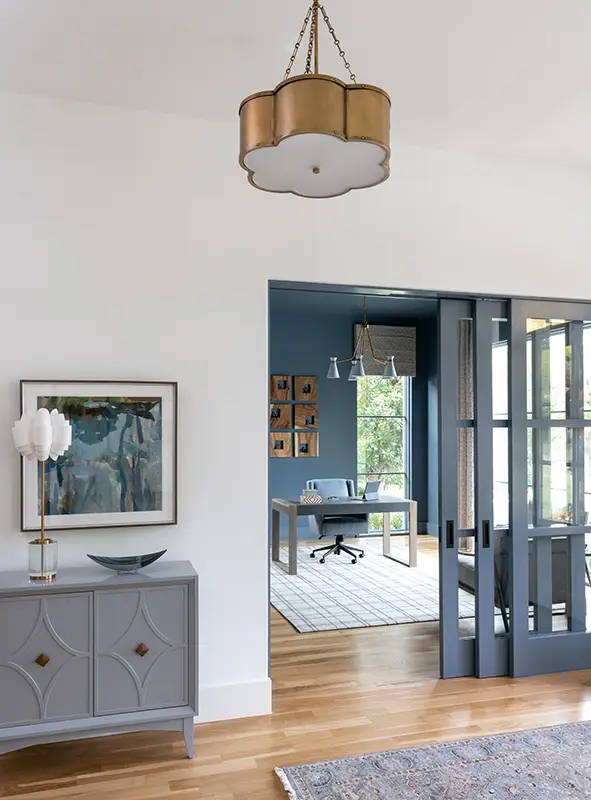
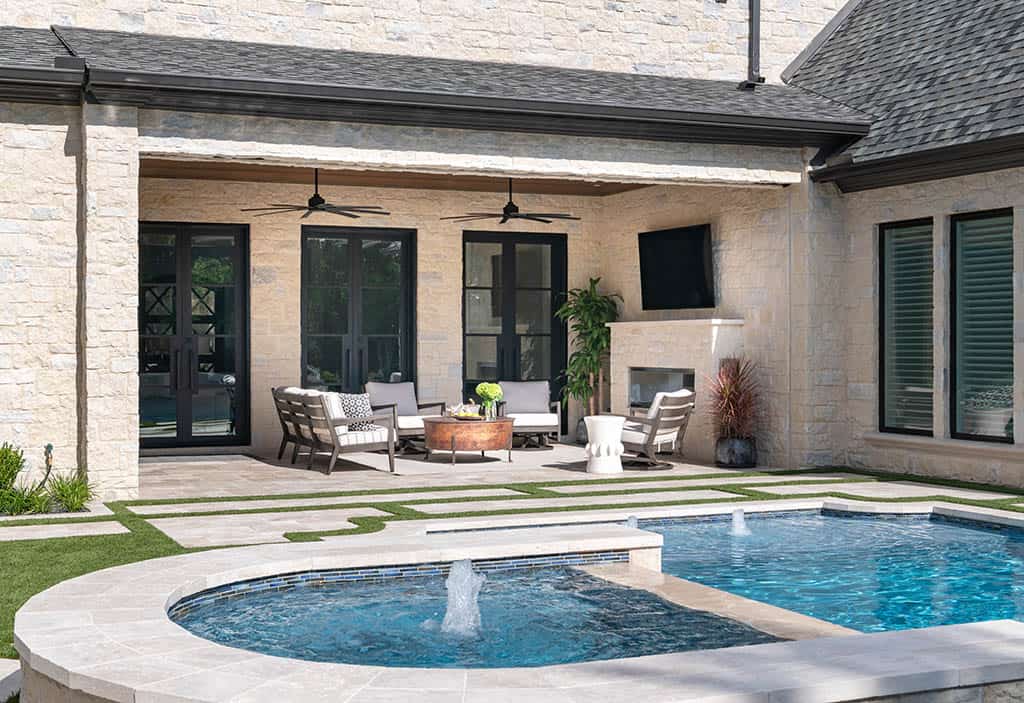
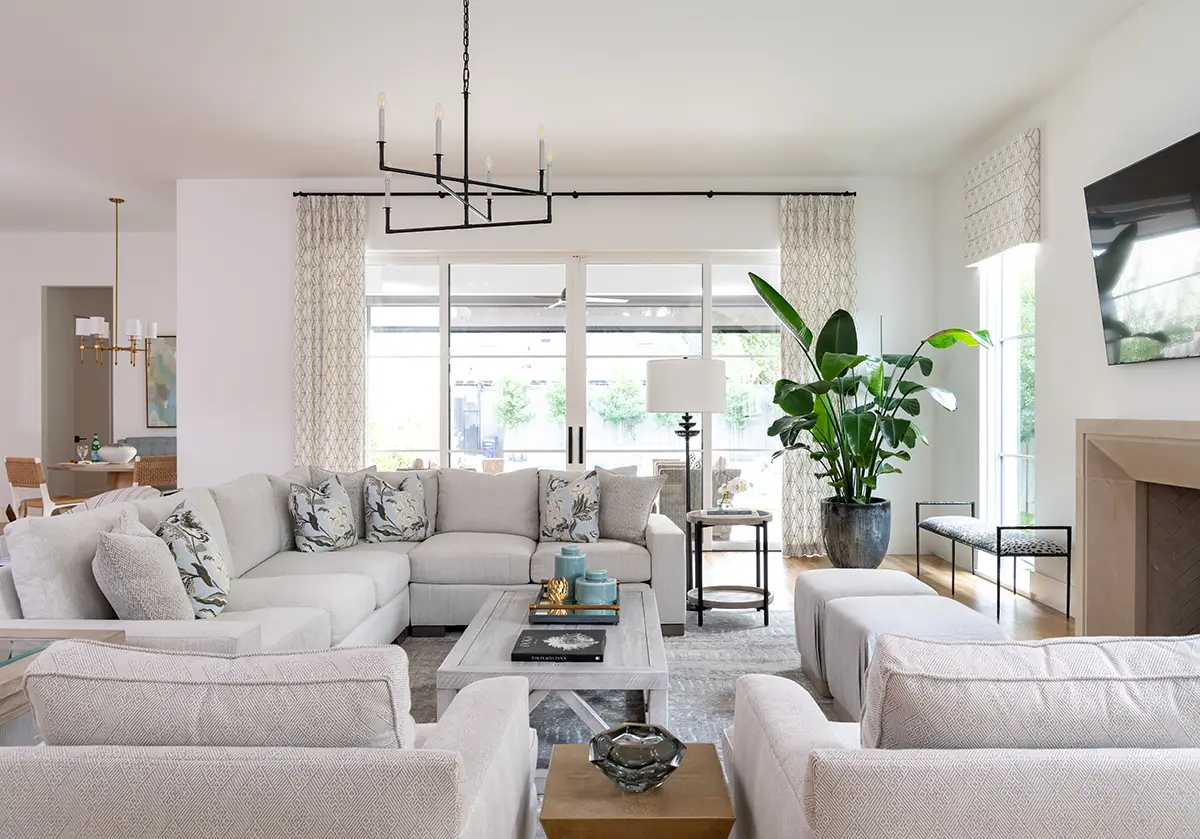
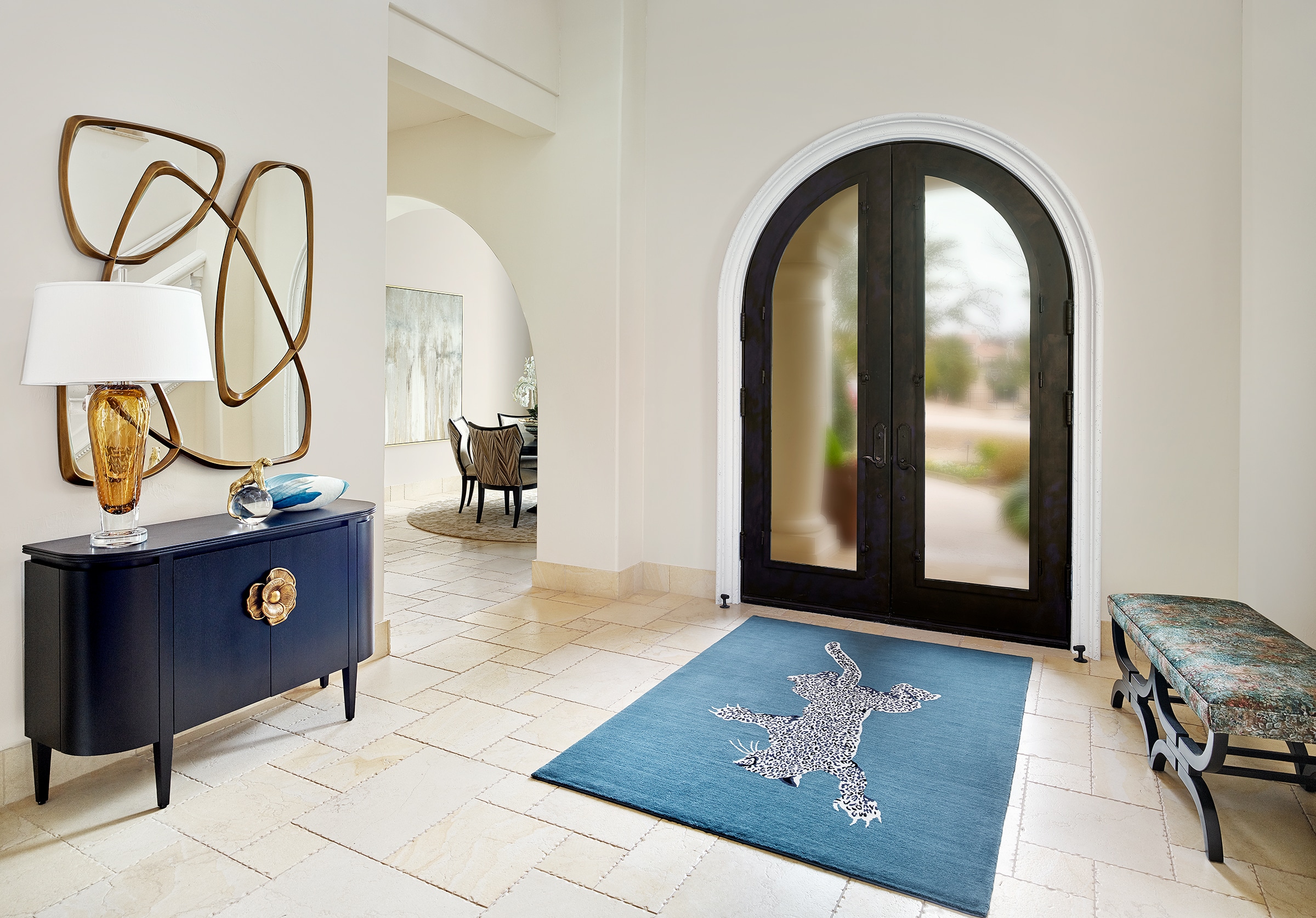
Especially using Houzz.com as an inspiration source, your work with them is excellent and I love reading your articles!